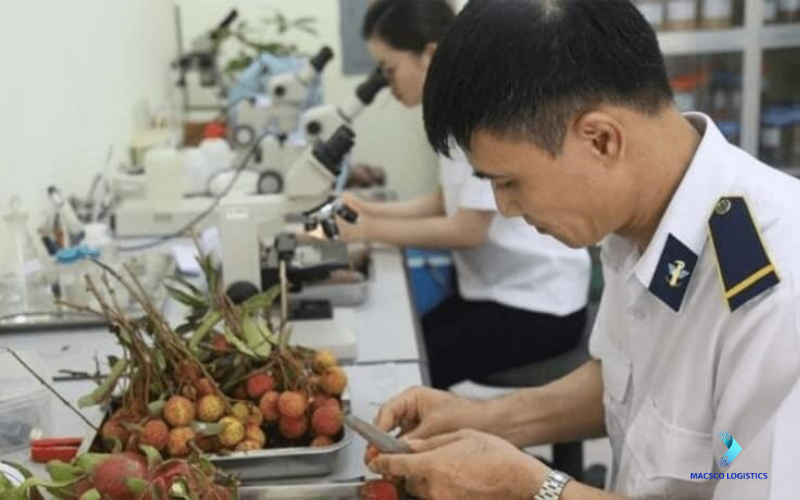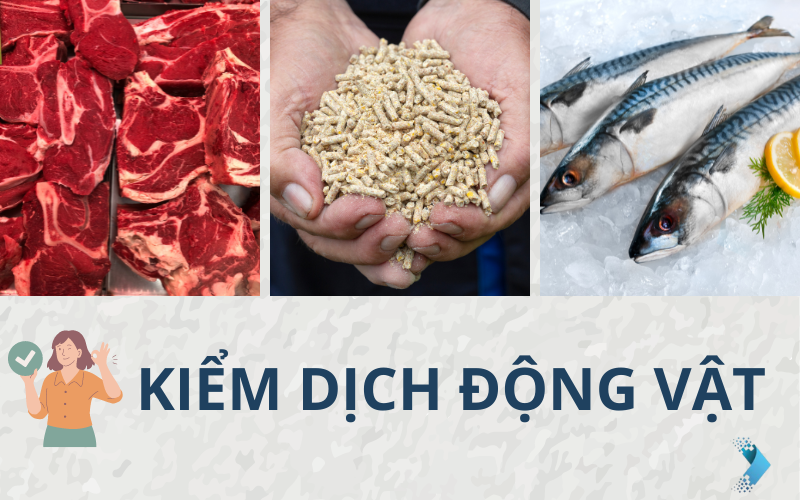PHYTOSANITARY CERTIFICATE: CONCEPT AND APPLICATION PROCEDURES
In today's international trade, ensuring the safety of goods during the import and export process is becoming increasingly important. To do this, plant quarantine plays an important role. In the next part of the article, we will learn about Phytosanitary Certificates as well as learn about the processes and regulations related to applying for certificates. this letter.
1. What is Phytosanitary Certificate?
Phytosanitary Certificate, also known as plant quarantine certificate. This is the State's management work with the purpose of ensuring that goods are free from diseases, insects, and dangerous pests when importing and exporting.
2. Purpose of applying for a Phytosanitary Certificate
+ For imported goods: Ensure that pathogens from imported goods do not enter the importing country
+ For exported goods: It is the basis to prove that the goods meet quarantine conditions for export to foreign countries
3. Contents in Phytosanitary Certificate
Important information contained in the phytosanitary certificate includes:
+ Name and address of the exporter
+ Recipient name and address
+ Quantity and type of packaging
+ Sign, code
+ Place of production
+ Means of transportation
+ Import door
+ Product name and volume
+ Scientific name of the plant
4. Goods that must have a plant quarantine certificate
Based on Articles 1,2,3 of Circular No. 30/2014/TT-BNNPTNT dated September 5, 2014 of the Ministry of Agriculture and Rural Development, the list of objects subject to plant quarantine includes:
+ Plants
+ Tree products
+ Mushrooms (except salted, frozen, canned and yeast mushrooms)
+ Silkworm cocoons, silkworm cocoon roots, lac
+ Insects, spiders, fungi, nematodes, bacteria, viruses, phytoplasma, viroids and weeds are used for inspection, training, biological control and scientific research.
+ Means of transportation and preservation of objects subject to plant quarantine
+ Other objects capable of carrying plant quarantine objects shall be determined by the Plant Protection Department and reported to the Minister of Agriculture and Rural Development for decision.
5. Application for registration of imported plant quarantine
+ Plant quarantine registration is specified in Appendix I of Circular 30/2014/TT-BNNPTNT
+ Copy or original of the Phytosanitary Certificate issued by the competent plant quarantine agency of the exporting country
+ In case the owner of the object submits a photocopy, before being issued a Plant Quarantine Certificate, the original must be submitted
+ Original or certified copy of import plant quarantine permit (if required)
+ Foreign trade contracts, Parking List, Bill of Lading
6. Procedures for issuance of plant quarantine certificates for imported goods
– Plant quarantine registration: Enterprises must register for plant quarantine at least 24 hours in advance with the plant quarantine agency.
– Submit application: Then, submit the application directly to the plant quarantine agency at the application receiving department.
– Receive and check documents: The plant quarantine agency will receive and check the validity and completeness of the documents. If the dossier is not valid, the plant quarantine agency will request the owner of the object to supplement and complete the dossier.
– Inspect the sample object and issue a certificate: The plant quarantine agency checks the object and, based on that, issues a plant quarantine certificate.
Above are some shares about plant quarantine certificates. If you have questions that need answering or need to transport import and export goods, please contact Macsco Logistics immediately with a team of many years of experience for the fastest and most accurate support.
For further information and questions, please contact:
MACSCO LOGISTICS LIMITED
Address: 64 Nguyen Dinh Chieu, Da Kao Ward, District 1, Ho Chi Minh City, Vietnam
Phone: (84 28) 6270 6576
Email: anna@macsclogistics.com
Website: https://macscologistics.com










